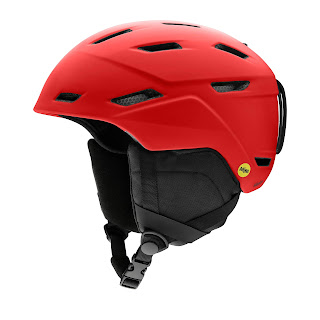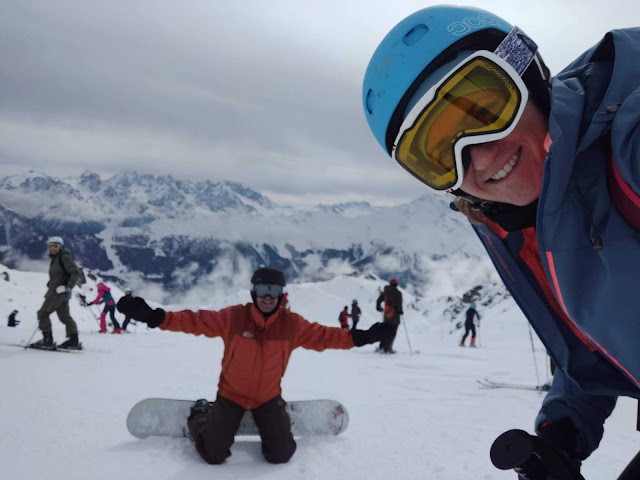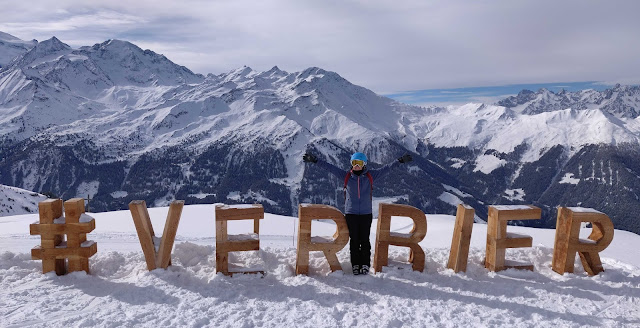I grew up playing in the snow during the long winters of Upstate New York and downhill skiing on the weekends. It is one of the activities I truly love, and miss most since moving in London. With my extreme travel insurance for Ultra X Jordan, winter sports were covered. There was no way I was going to miss a chance to ski this year. I was lucky enough to go skiing in both Italy and Switzerland this year and am already making plans for the next season.
Now that I work with brands, I tend to notice more what people are wearing in the lines at the lift. This year, 99% of the people I saw were wearing helmets. Bike helmets are something I feeling strongly about, and I feel the same about ski and snowboard helmets. Think about how much time, effort, and money you put into your education. Think about how lucky you are to be able to go skiing and not limited in your ability to move. Wearing a helmet won’t 100% protect you from injury or death, but it can reduce the risk of impact and/or injury should you have an accident.
 |
| James giving me his best Blue Steel while putting on Carv 700 and G540 |
James and I tried out the Wed’ze Carv 700 with MIPS (thanks Decathlon!) ski/snowboard helmet during our recent trip to Switzerland. He has had his previous helmet since we lived in the USA and noticed that the polystyrene lining was starting to degrade. The Wed’ze Carv 700 seems to have universal fit, as it fit me and our friend, Jamie, too. All of our heads are different shapes, but the Carv 700 has a ratchet fitting that can adjust the tightness. My helmet is a POC Bug and I have had it since 2010. Although it doesn’t show any signs of wear and tear, it has been checked as hold luggage more times than I can count. I decided it couldn’t hurt to replace my helmet as well. I soon learned there are many helmets of various pricing and styles out there! Hopefully this post will help you decide which ski helmet is best for you.
When you go to purchase a helmet, there are a few features to consider: the fit, the ventilation, how to store it, and when to replace it. Hate to say that the color is the last thing to think about. Let’s break down each point.
Fit: This is the most crucial bit for obvious reasons. I asked Adam Summerfield, the SMITH UK brand manager at UltraSport, for advice on how to find the perfect helmet. Summerfield says:
 |
| How goggles attach to the back of Carv 700 |
Does it have MIPS (Multi-Directional Impact Protection System)? This is a feature that is now becoming more and more popular in both cycling and snow sport helmets. it works by separating the shell of the helmet and the liner by a low friction layer. In a crash, this allows the helmet to slide relative to the head reducing rotational force on the brain. The SMITH Mission and CARV 700 both have this feature.
 |
| SMITH Mission |
Another safety feature to look for is RECCO(R) search and rescue compatibility if you tend to be an advanced snow sport athlete. Rescuers will send out a signal that is reflected by the sensor in the helmet, such as after an avalanche. Of course, you need to check with the resort you are visiting to see if they use a RECCO(R) compatible system. The Wed’ze Carv 700 has this feature (although thankfully we didn’t have to try it out).
Ventilation: Personally, I am always cold and even wear a thin hat under my POC helmet. However, I can removed pieces of the lining if I start to overheat (but I never have). My husband, on the other hand, is always hot and prefers his ventilation fully open. Consider how your body temperature runs and where you are likely to be skiing when you make your selection. The Salomon Sight has a unique climate control system that includes 12 vents with six adjustable zone, an EPS4D internal airflow system, and quick drying fabric to help you regulate your body temperature while enjoying time on the slopes.
 |
| Salomon Sight helmet |
Ear covers: Bern makes a multi-purpose helmet that works for skiing, snowboard, cycling, skateboarding. Our friend, Jamie, has one. This is a good choice if you are limited on space to store things. However, it didn’t have any ear covers, so Jamie’s ears were cold this year at Verbier.
How to store it: Summerfield recommends trying to find somewhere dry and not in direct sunlight as the UV rays can break down the materials of a helmet over time. When travelling, try to avoid checking the helmet in the hold and instead carry the helmet with you (If you are on EasyJet, I am sure you have seen people wear their helmets on board to save checking a bag). Or you can invest in a hard case to protect your helmet when travelling or storing.
When to replace it: The most obvious time would be after a crash but every three to five years is a good idea too. As James has observed, the polystyrene will start to degrade. Storing the helmet in the proper climate (as mentioned above) and carrying it onto the plane (rather than checking) will help extend the life of your helmet too.
Hopefully, these tips will give you a few things to look out for the next time you have to invest in a snow sport helmet. Leave a comment below and let me know what make and model you have and why you choose it.
 |
Thanks to Decathlon for the gifted Carv 700 ski helmet and G540 goggles. All opinions are honest and our own.

